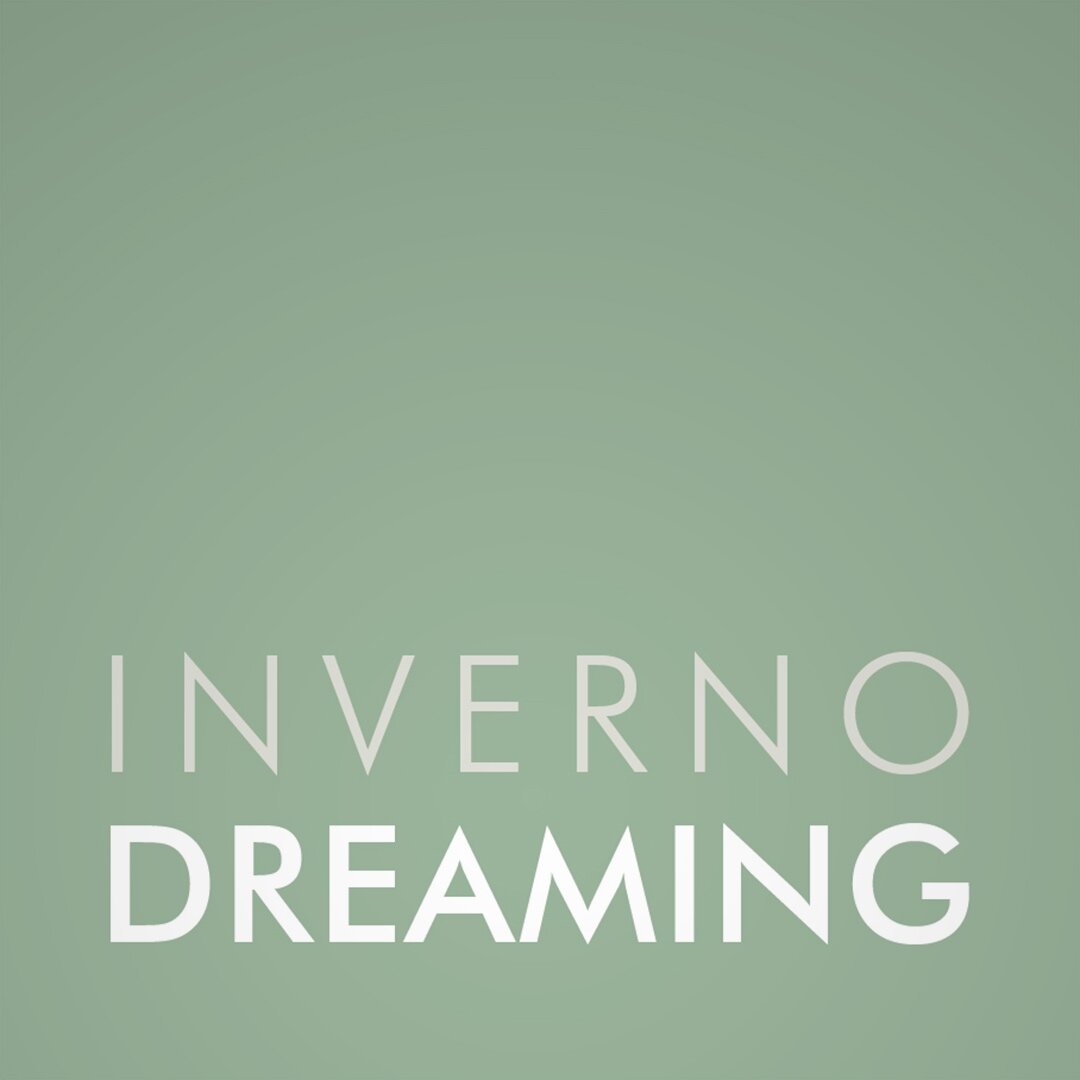And the allure of the double portrait.
Portraiture is predominantly the representation of a single individual and for as long as there has been art there has been portraiture. Although the portrayal of a single person has the power to arrest the viewer and tell a story, without doubt, the traditional strength of an individual portrait is often amplified with a double portrait. When a picture features two people there is an added dimension, a natural sense of story that emerges due to our own supposed views of the relationships between the subjects. All of a sudden the connection is not just linear, from the subject via the camera and photographer to viewer. In a double portrait, the relationships scatter in different directions. It is these imagined relationships between the subjects whether they be lovers, enemies, friends, colleagues, siblings, family or even strangers that create for me, some of the most intriguing and fascinating portraits.
For some time, I have been enjoying the work of Belarusian photographer Alexander Veledzimovich who truly exemplifies the strength of the double portrait. His portraits regularly feature two people, they are exemplary visions of sharing space and so I recently asked him some questions about his work and influences.
• Alexander firstly a bit about you?
I live in Vitebsk, a town in the north of Belarus. People know of Vitebsk through the artist Marc Chagall who was born there and who then in Paris created pictures inspired by his childhood and youth in Vitebsk. I am 32 years old. I was a teacher for some time in a college but by chance became a photographer and I have been freelancing for over 10 years now. At the moment I am in Warsaw, previously in 2010 I lived for 6 months in St. Petersburg and in 2014, I travelled around Europe for 5 months.
• How and when did you discover photography?
An artist friend of mine had a Zenith with a 135mm lens and I liked how it all looked. I worked in America when I was a student and on the advice of my boss in 2004, I bought a Canon 300D. Probably in the second year I looked into the basics [of photography] and took pictures of concerts, friends, exhibitions, parts of an old town and even tried to make an improvised studio. This all had little to do with the art of photography but it seemed that I had something. Everything became more interesting after meeting Egor Voinov. He told me to try and work with film and medium format cameras. My photos gradually became different. Photography became a time for reflection, with the camera on a tripod and a cable release attached there came a degree of calm and concentration.
• Who are your photographic influences?
Ah, that’s a difficult question. I like the honesty of the portraits of Oleg Videnin but at the same time I like the complexity of form of Evgeny Mokhorev. I look for a harmonious combination of form and content, above all an ideal balance between one and the other. For me, a good photo has visual beauty as I do not like abstract forms in which there is no meaning. I also like the stories of Alec Soth and Cristina de Middel, they show the delicate line between reality and non reality in such an excellent way.
• Why Portraiture, what does it mean to you?
Portraiture for me is a quiet world or place in which one can relax from premeditated photography. I like the fact that I do not need to think about a subject and simply wait for when a person gives me the image. In fact, after living in Warsaw for 6 months, I am realising that I needed to be in Vitebsk because, for me, it is important to near the people I know in order to create new portraits.
• You work feels like a mixture of simple honesty and constructed vision with your use of subtle props such as guns, skulls and masks. Can you tell me a little of how and why you make these portraits?
Usually, everything in a portrait stems from that person being photographed. I do not like to photograph in a studio and I do not like to specifically pre arrange reconnaissance visits. I like to visit my subjects in their home and wait and see what comes of it. In this way, I can make an honest and powerful photo, one which I can love even after many years. Put simply, there is a person, there is me, there is a camera and random things around. Of course, I select the things I like but everything depends on what the person understands, whether he holds a toy pistol or wears a mask. My best photos are lucky improvisations
• Many of your photographs feature two people what is your interest in these double portraits?
Actually, a double portrait immediately creates a story; the observer looks at the photo in a different reality and tries to interpret the interrelation between the people. In a single portrait, there is a stronger relation between the observer and the subject but it is more difficult to create a theme or story.
There is no doubt for me, that Alexander's unique and particular approach offers the viewer a memorable take on portraiture. You can see more of his excellent work on his website here.
© All Rights Reserved | Alexander Veledzimovich 2016








